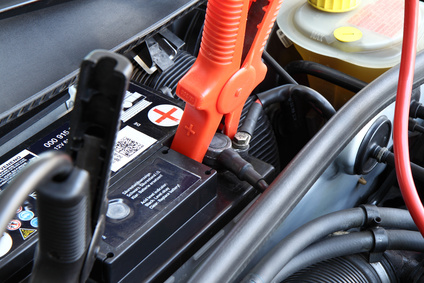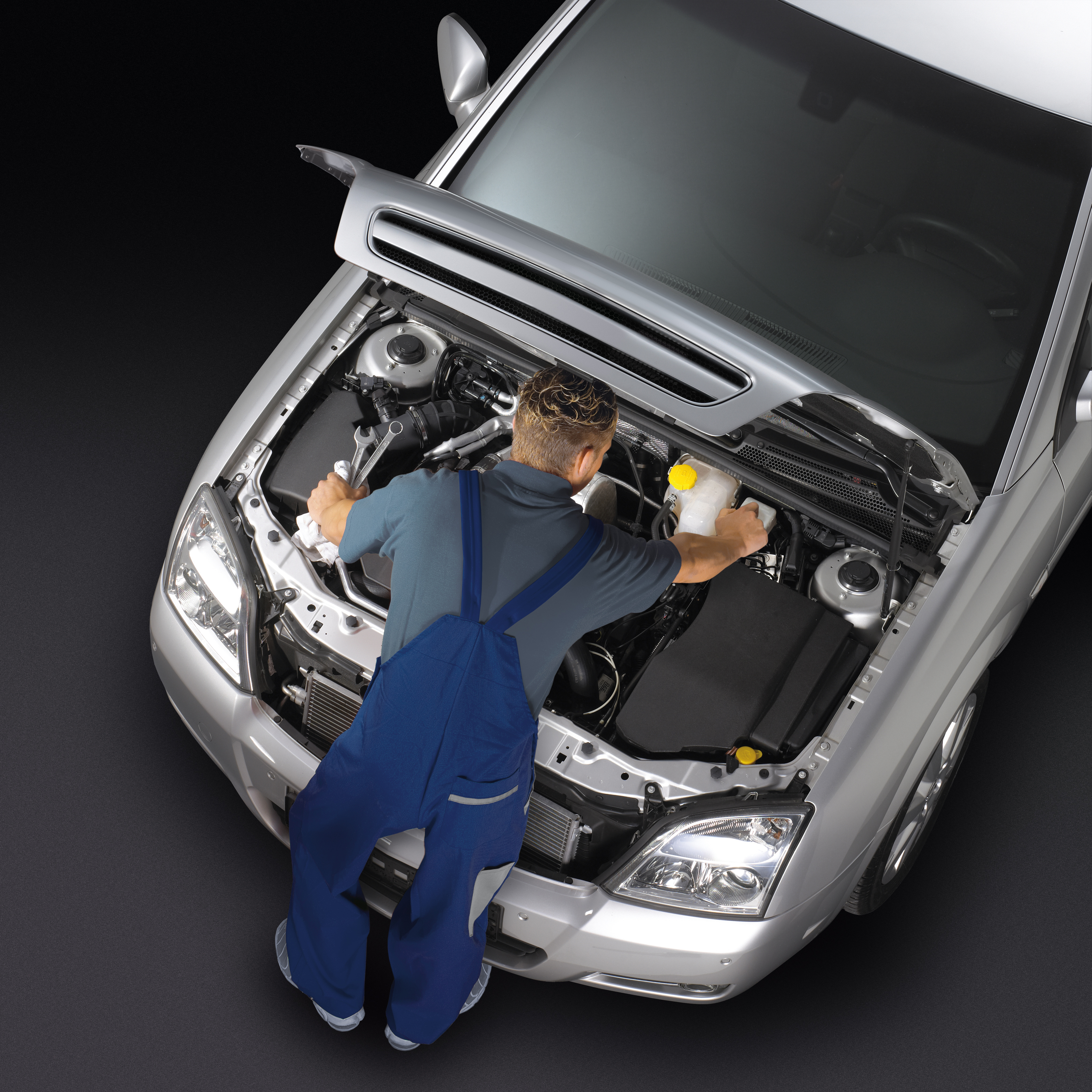Every driver knows that you need a battery to start a car. But how is a battery actually constructed? The essential components of a battery are the acid-resistant covering, the electrolyte solution - in most cases 37% sulfuric acid - and the lead plates, arranged in the housing in alternating layers. The plates are connected alternately to the positive terminal (red) and the negative terminal (blue). So that the oppositely charged plates do not touch and cause a short circuit, separators are placed between them. The gases produced by the chemical reaction are allowed to escape through a valve in the housing.
Information about the construction of car batteries:
If you want to install a car battery, you don't need to go to the nearest mechanic, since just about anyone can install a new starter battery themselves, with few tools. If you follow these steps, you can't go wrong and you'll save a lot of money. Follow these steps to install a new battery:

These batteries are not lightweight. The weight of a car battery is fairly hefty and not for weak arms. On average they weigh between 10-30 kg, depending on their construction and storage capacity. The heavy weight of the battery presses down on the battery compartment, and while driving over rough roads the stress is much greater still. A damaged battery compartment can pose a danger to the battery itself; if it breaks, the battery will fall out onto the road, which obviously poses a hazard to other drivers. Regular visual inspection of the battery compartment is thus strongly recommended for safety.
What do positive and negative mean with car batteries, and why is one terminal red and the other black? - a question which many drivers may ask. Fortunately the answer is quite simple: the battery's positive terminal must always be connected with the red cable, and the negative terminal with the black cable. When removing the battery, the clamp is first disconnected from the negative terminal, followed by the positive. When installing a new starter battery, you must follow exactly the opposite procedure: first connect the positive terminal to the wiring system before connecting the clamp to the negative terminal and securely bolting it on.
How can you measure the volts of a car battery and determine whether your battery is producing enough voltage? There are two possibilities: you can push your car with the engine off toward the wall of a house, turn on the low-beam headlights, and observe whether the light visibly dims shortly after turning it on - or you can measure the voltage with a multimeter. To do this, you hold the red cable on the positive terminal and the black cable on the negative terminal at the same time. If the multimeter shows between 12.7 and 12.4 V, the battery is in good shape. If it reads less than 12 V, it's time for a battery change.
Most modern automotive electrical systems function using 12 volts. The battery must carry at least this voltage (better yet, slightly more) so that the battery has enough power to start the car. The measurement of battery voltage is actually quite simple and can be done by anyone in a home garage: the vehicle should remain off for 1-2 hours before testing. Then you can measure the battery voltage with a multimeter set to the correct voltage range. To do this, touch the multimeter's red cable to the positive terminal while at the same time touching the black cable to the negative terminal. A fully charged battery will show between 12.4-12.7 V. If the voltage is under 12 volts, it is no longer sufficient and the battery should be charged as soon as possible or replaced. Too low a voltage reading can also be a sign of a problem with the alternator, which can no longer effectively charge the battery.
The battery's manufacture date is important because a battery that has not been connected and used for more than 12 months can become discharged. Even if nothing is draining the battery, it can nevertheless become discharged. To determine the exact date of manufacture, you should look closely at the negative terminal. There is often a four-digit number imprinted; the first two digits indicate the week of manufacture, and the last two digits indicate the year. There are also batteries which have a sticker showing the month and year.
One of the most common causes of car breakdowns is a battery defect. But how can the service life of a battery be extended? Above all, avoid short trips; this drains the battery more quickly, since the alternator cannot sufficiently recharge the battery over these short periods of time. When possible, the liquid level in the battery should be checked once a year and topped off with distilled water when necessary, to avoid a dried-out battery. It also helps to minimize electrical drain from the car's systems; for example, turn off the rear window and side mirror heaters as soon as they are clear.
To increase battery capacity, you can connect your car battery in parallel. For example, that makes sense for the power supply of a trailer, RV, or large-engine sportscar. This allows an increase of storage capacity while maintaining voltage. With parallel connection, the negative terminals are connected together, likewise with the positive terminals. This adds the capacity of both batteries together, while the total voltage is the same as that of each single battery, in this case 12 volts. Normally only batteries with the same voltage and acid density, and the same level of charge can be connected in parallel. In addition, the wire cross-sections and lengths should also be identical.

Quantity: %entry-quantity%
Price per unit: %entry-formattedTotalPrice%